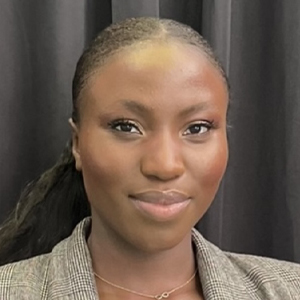Fat cells are a culprit in osteoporosis
Approximately 10 million Americans have osteoporosis, also known as a silent disease due to symptoms that go unnoticed until a fracture occurs. Scientists are focused on understanding the mechanisms that contribute to the loss of bone strength, as well as developing therapies for prevention and treatment.
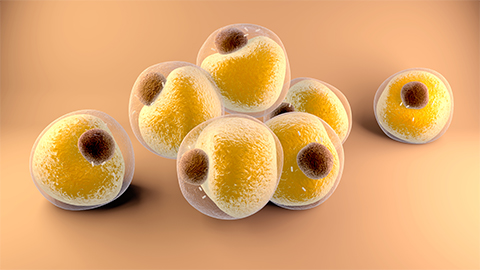
Weibo Hunag, Feng Hua and Tong Suand a team in China published an article in the Journal of Lipid Research. They investigated the relationship between bone marrow adipocytes, or BMAds, and osteoblast bone building cells. BMAds are fat cells that reside in the bone marrow, and contribute to 10% of the total body fat and occupy 50–70% of the marrow cavity space. Their abundance has been associated with aging, postmenopausal period, obesity, radiotherapy and chemotherapy and glucocorticoid treatments.
The researchers treated bone marrow osteoblast cultures with adipocytes and observed that the adipocytes transferred lipid droplets to the osteoblasts. RNA sequencing and Western blot showed that the lipid droplet–filled osteoblasts downregulated osteopontin, a major bone-forming protein, and other osteogenic proteins. Furthermore, the lipids seemed to upregulate the ferroptosis pathway in the osteoblasts, inducing cell death, and it decreased oxidative phosphorylation, which generates cellular energy. When the researchers treated the osteoblasts with ferroptosis inhibitors, they found that impediments to the osteoblast cells were reversed.
This work shows the ferroptosis pathway and proteins such as ABHD5 as important targets for the development of effective treatments and prevention therapies for osteoporosis. Looking ahead, the researchers will conduct further investigations into the activation mechanisms of these pathways to provide a solid foundation for clinical translation.
Enjoy reading ASBMB Today?
Become a member to receive the print edition four times a year and the digital edition monthly.
Learn moreGet the latest from ASBMB Today
Enter your email address, and we’ll send you a weekly email with recent articles, interviews and more.
Latest in Science
Science highlights or most popular articles
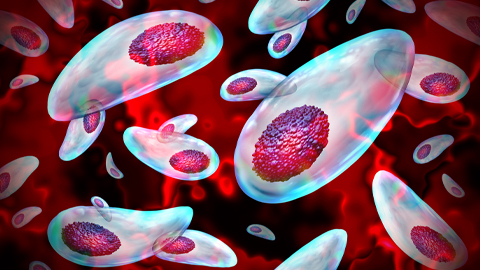
Targeting Toxoplasma parasites and their protein accomplices
Researchers identify that a Toxoplasma gondii enzyme drives parasite's survival. Read more about this recent study from the Journal of Lipid Research.
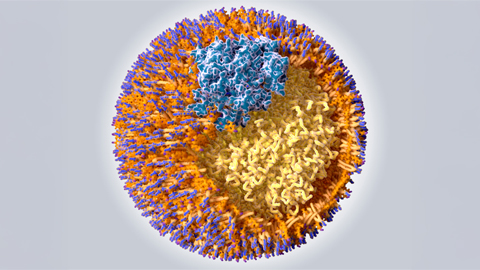
Scavenger protein receptor aids the transport of lipoproteins
Scientists elucidated how two major splice variants of scavenger receptors affect cellular localization in endothelial cells. Read more about this recent study from the Journal of Lipid Research.
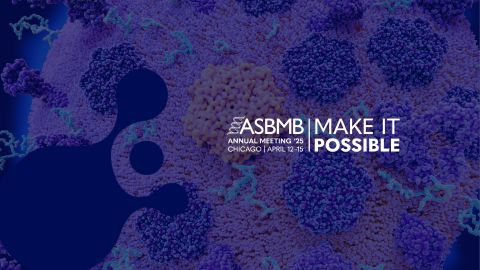
Unraveling oncogenesis: What makes cancer tick?
Learn about the ASBMB 2025 symposium on oncogenic hubs: chromatin regulatory and transcriptional complexes in cancer.
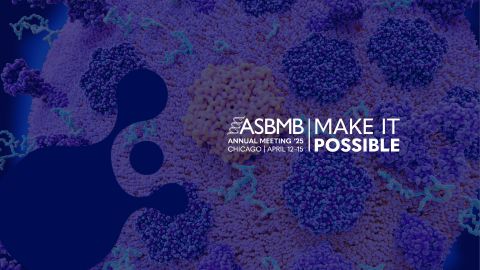
Exploring lipid metabolism: A journey through time and innovation
Recent lipid metabolism research has unveiled critical insights into lipid–protein interactions, offering potential therapeutic targets for metabolic and neurodegenerative diseases. Check out the latest in lipid science at the ASBMB annual meeting.
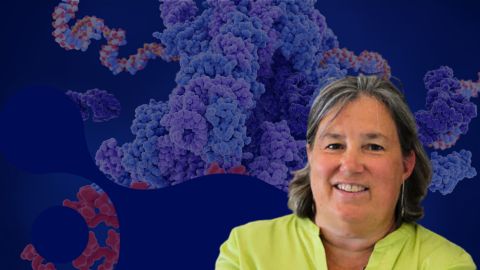
Melissa Moore to speak at ASBMB 2025
Richard Silverman and Melissa Moore are the featured speakers at the ASBMB annual meeting to be held April 12-15 in Chicago.
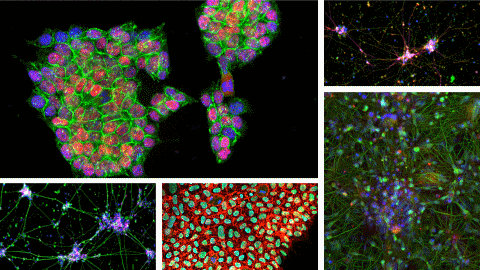
A new kind of stem cell is revolutionizing regenerative medicine
Induced pluripotent stem cells are paving the way for personalized treatments to diabetes, vision loss and more. However, scientists still face hurdles such as strict regulations, scalability, cell longevity and immune rejection.

